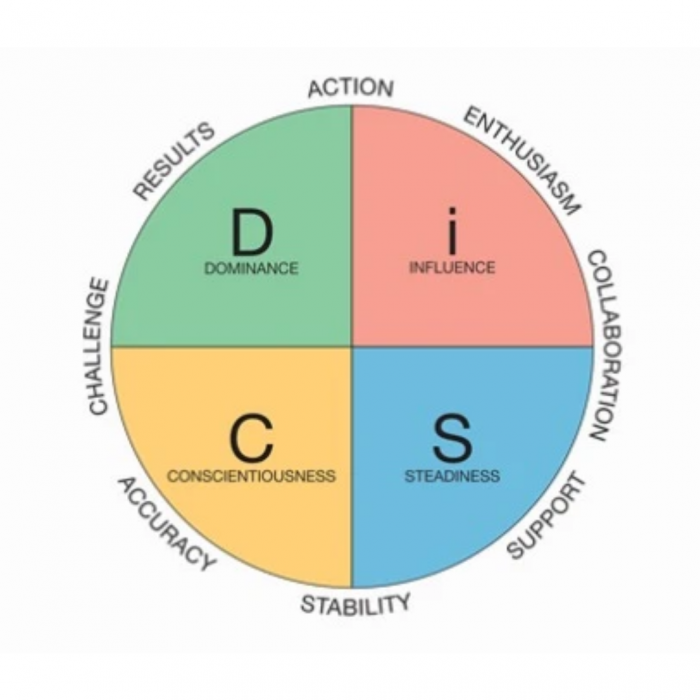If we want people to make a buying decision or our board or teams to buy into an idea or change etc., we need to understand how they will be influenced. Influencing is not about us, it’s about the person we want to influence. Understanding different behaviour styles is simply understanding why others do what they do and how that is different to us. How they react, communicate and relate differently (or the same) to us. Uncovering this difference helps us to lean in and influence others with impact.
Detecting how people behave is a little bit like travelling to a foreign country and you instantaneously watch how people behave and how they do things. And because you want to blend in, you adapt to their way of navigating in the community.
Our natural behaviour style
In business, it’s not all that different. People have different behaviour styles, meaning they react to things that happen in a different way and they might express themselves differently to you. It’s all about discovering what your natural behaviour style is, how you react when you are under pressure. And then you find out what other people’s high preference is. Often you find they react completely differently to situations or your communication. The trick is to not take it personally but understand it’s just what people do. It’s their fallback, their habit of reacting. Their natural behaviour style.
When I worked in Japan in 2011, I learned this the hard way. When I arrived, I noticed that people were really different compared to Hong Kong or Australia. In Japan, people are lot more reserved and very indirect in terms of language and very modest with body language. Because I’m a very direct person and quite loud and quite big with my hand gestures, in business meetings, I had to learn how to take myself back more, be more reserved, and apply a much softer approach. This was necessary so I could win the trust of my clients and my counterparts so they were not afraid of me and we were more on the same page. I basically adapted my behaviour style to theirs. I understand that some of the clashes come from cultural differences but understanding the fundamentals of difference behaviour styles and how to use them to influence my teams and clients helped me enormously to be successful in this role and market.
The DISC Assessment
How do you find out what your natural behaviour style is? I am sure you have heard of the DiSC Model which has helped millions of people improve their ability to influence. In fact, the DiSC model is called an ‘influencing tool’. William Marston who published ‘Emotions of Normal People’ in 1928 elaborated on the DISC Theory of 2 axis and 4 behaviour styles. Walter Vernon Clarke developed the DiSC Assessment.

The DiSC Assessment will determine your high preference in one of the quadrants but we must remember that we are shade of all styles. We simply have a high preference. And that usually shows up when we are under pressure. The attributes on the outer ring describe your natural behaviour style by looking at your preference on two scales:
- Task vs People
- Fast-paced vs Moderate-Paced
A case study for a client of mine I worked with in Hong Kong some time ago: his natural behaviour style was really on the people side, craving a lot of harmony, giving support, being steady and working well with structure. He was having challenges with his manager who was directly on the opposite side of the DiSC model. She was very direct, very short, very fast, always looking for results. Needless to say, their communication didn’t go very well, especially when the pressure was on. In fact, he thought he was getting fired.
We grabbed his DiSC report and as soon as he accepted that it had nothing to do with her not liking him but with her way of reacting to a stressful situation, he knew what to do. He understood that he had to lean into her behaviour style and deliver solutions, not problems, give her a bullet point summary of what was going, lay out objectives and be fast in his communication. Same content but delivered differently so that she could understand in her natural way. This was a total 360 for him and he turned the conversations around quickly and managed the situation with her effectively.
To be able to build a trust and then influence others, we have to detect what their language is, their communication style and their behaviour style. In order to influence others more impactfully, we need to be able to flex into that style so we’re on the same level and we make it easy for them. We have to be better leaders across all styles. Here’s some tips how you can do that:
Get your behaviour style and book in for a coaching session: info@intactteams.com








